The comprehensive guide to the 18650 batteries
We get a lot of questions about the difference between rechargeable batteries and traditional single-use batteries like AA and AAA batteries. Between different brands, strengths and confusing names, it’s easy to get lost when trying to research different types of rechargeable batteries and how best to care for them. We’ve compiled a full list of the most frequently asked questions about 18650 batteries so you know how to get the most out of your battery.
What is the 18650 Battery?
18650 battery is a lithium-ion battery. The name is derived from the specific dimensions of the battery: 18 mm x 65 mm. For comparison, this is larger than an AA battery. The 18650 battery has a voltage of 3.6 V and a capacity between 2600 mAh and 3500 mAh (mili-ampere-hours). (Osborne, 2019) These batteries are used in torches, laptops, electronics and even some electric cars because they are reliable, have long run times and can be recharged hundreds of times. 18650 batteries are called “high drain batteries”. This means that the battery is designed to produce a high output voltage and current to meet the energy needs of the portable device in which it is used. Therefore, these powerful small batteries are used in more complex, power-hungry electronic devices that require constant, high power to operate. They also have a high depth of discharge, meaning the battery can be discharged to 0% and still have the capacity to fully recharge the battery. However, this is not recommended as it will damage the battery in the long term and affect its overall performance. You can read more about caring for and extending the life of your 18650 battery later in this article.
History of the 18650 Battery
The lithium-ion battery was first invented in the 1970s by an Exxon researcher named Michael Stanley Whittingham. His pioneering work in developing the first version of the lithium-ion battery then set in motion further decades of research to make the battery as efficient and safe as possible. Then in 1991, a team of researchers and scientists called John Goodenough, Rachid Yazami and Akira Yoshino worked together to develop the lithium-ion cell and bring it to market. The earliest lithium-ion battery cells were mass-produced and sold by Sony.(Neverman et al., 2020) Since then, improvements have been made to increase the performance and lifetime of the battery. Each of these changes resulted in a more efficient battery, and thus a higher demand for its use and applications in the market. Today, lithium-ion batteries dominate the battery industry and are ubiquitous in many household products we use every day. Chances are you own many products that run on 18650 batteries, whether you realize it or not. In 2011, lithium-ion batteries accounted for 66% of all rechargeable device batteries sold. (Osborne, 2019)
Average cost for a 18650 battery
The cost of an 18650 battery can vary greatly depending on the brand, package size and whether it is a protected or unprotected battery. For example, depending on the particular battery variant you are interested in. These batteries have a USB charging port right on the side of the battery, which makes charging easier. They are slightly more expensive than others because safety is the top priority in their manufacture. They have triple overheat protection to prevent short circuits, so you can do up to 500 charging cycles on a single battery without worrying about an explosion or over-discharge. Some unprotected batteries can be found on the market at cheaper prices, but as with anything you buy online, it’s important to consider more than just price when making your purchase decision.
Pro tip: Generally speaking, if it looks too good to be true, it probably is. We recommend always buying any type of technology, especially potentially dangerous ones like lithium-ion batteries, from a trusted source or branded manufacturer.
Buying improperly manufactured or poorly made chemical-based products can have unpleasant consequences and can lead to injury or destruction of the device you were trying to power. Before buying batteries online, check reviews from previous customers or online forums to make sure you are making a safe choice that will also meet your power needs.
Various types and uses of 18650 batteries
There are as many brands of 18650 batteries as there are uses. 18650 batteries are among the most versatile on the market. They can be used for just about anything, from electric cars to digital cameras.
As mentioned earlier, it is important to do your research before buying such a potentially dangerous but extremely useful product. Electric cars like the Tesla Model X and Model S are what is known as BEV, a battery-powered electric vehicle.
These cars are powered by a bunch of lithium-ion cells that all work together. The Model S is powered by a battery pack that contains over 7,104 18650 cells and can store up to 85 kWh of energy. Recently, Tesla engineers have developed a new battery pack for their electric cars that contains 516 cells in each module, for a total of 8,256 cells that can store just over 100 kWh of energy. This allows these electric cars to achieve a maximum range of over 300 miles on a single charge. It is amazing how far scientists and engineers have come in such a short time. Every day there are new improvements and enhancements that push the boundaries of this technology, how we think about electricity and what role it will play in our daily lives in the future.
How long will 18650 batteries last?
Most 18650 batteries have a life of about 300-500 charge cycles. Fenix batteries, for example, are designed for 500 cycles. This means that the battery is able to charge to at least 80% of its original capacity. Once this threshold is reached, the battery’s “life cycle” is considered over. Although you can probably get many more charges out of the battery, its capacity will continue to decline over time.
Most of us have experienced this first hand when buying a new smartphone. Over time and use, the capacity of the battery slowly decreases, even if you are careful when charging it. Extremely hot or cold temperatures can also affect the life of your battery.
Pro tip: Never charge your 18650 batteries in temperatures below freezing! This can cause significant degradation and damage. For example, do not leave your batteries charging in an ice-cold garage in winter.
How long does it take to charge a 18650 battery?
Most 18650 batteries have a life of about 300-500 charge cycles. Fenix batteries, for example, are designed for 500 cycles. This means that the battery is able to charge to at least 80% of its original capacity. Once this threshold is reached, the battery’s “life cycle” is considered over. Although you can probably get many more charges out of the battery, its capacity will continue to decline over time.
Most of us have experienced this first hand when buying a new smartphone. Over time and use, the capacity of the battery slowly decreases, even if you are careful when charging it. Extremely hot or cold temperatures can also affect the life of your battery.
Pro tip: Never charge your 18650 batteries in temperatures below freezing! This can cause significant degradation and damage. For example, do not leave your batteries charging in an ice-cold garage in winter.
18650 battery storage best practice
Most 18650 batteries have a life of about 300-500 charge cycles. Fenix batteries, for example, are designed for 500 cycles. This means that the battery is able to charge to at least 80% of its original capacity. Once this threshold is reached, the battery’s “life cycle” is considered over. Although you can probably get many more charges out of the battery, its capacity will continue to decline over time.
Most of us have experienced this first hand when buying a new smartphone. Over time and use, the capacity of the battery slowly decreases, even if you are careful when charging it. Extremely hot or cold temperatures can also affect the life of your battery.
Pro tip: Never charge your 18650 batteries in temperatures below freezing! This can cause significant degradation and damage. For example, do not leave your batteries charging in an ice-cold garage in winter.

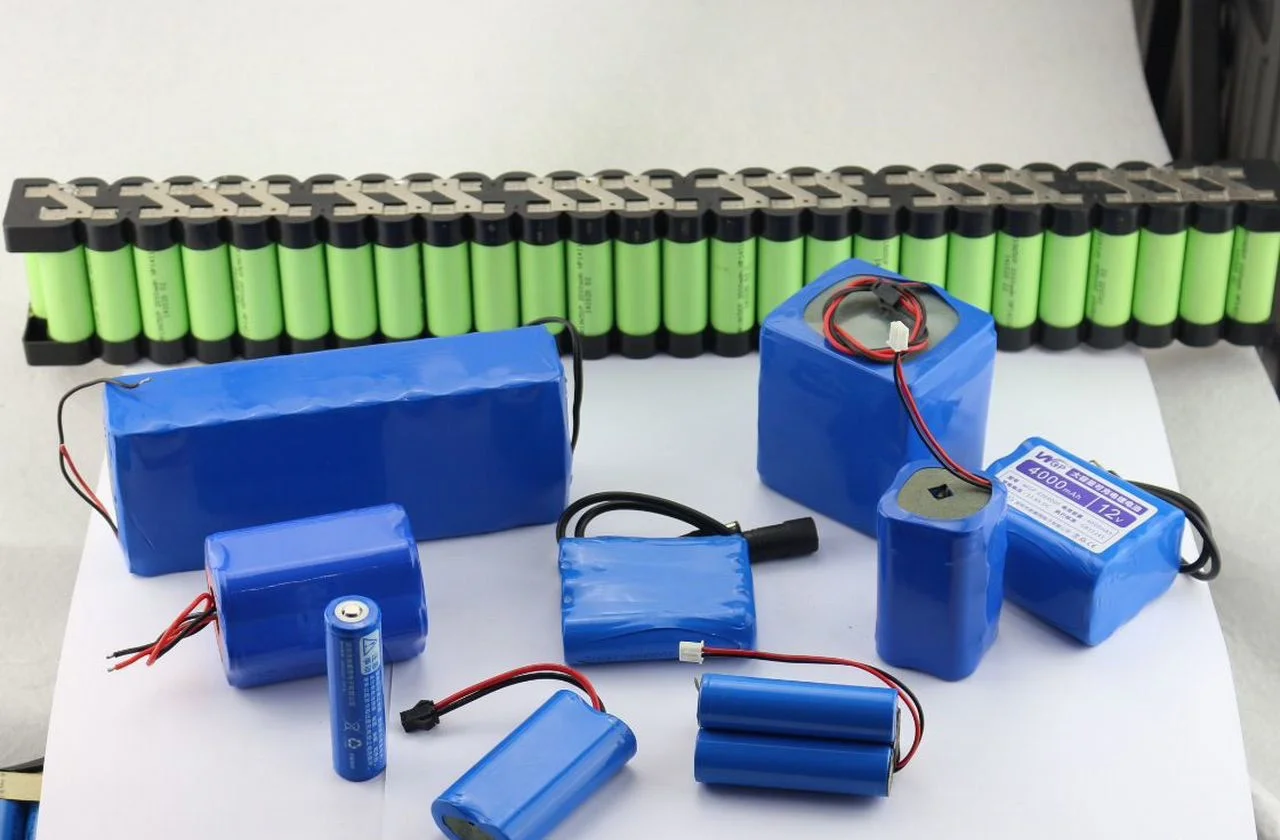


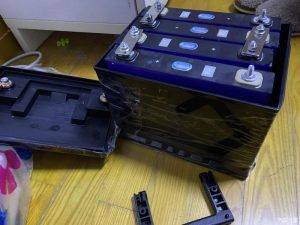
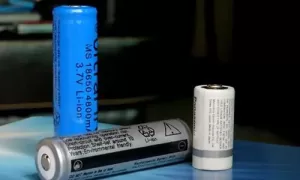

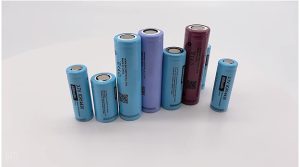
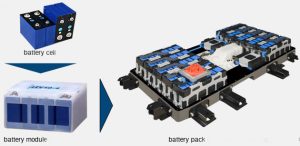
Leave a reply